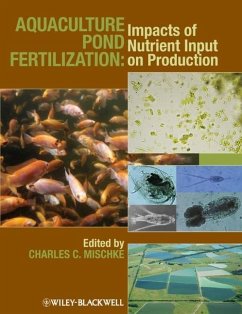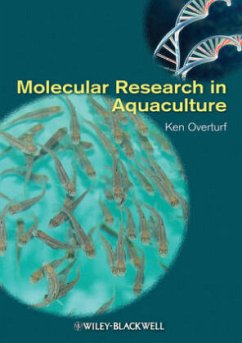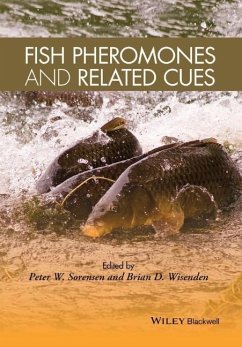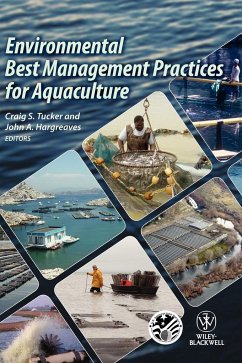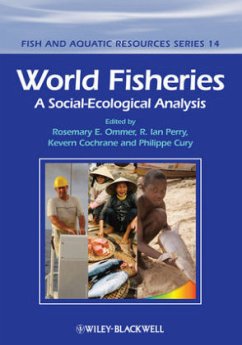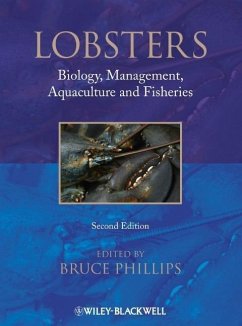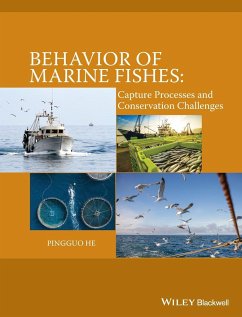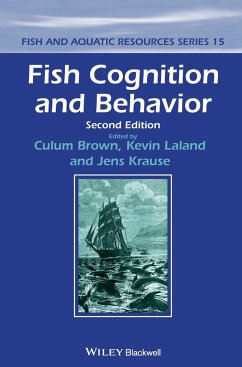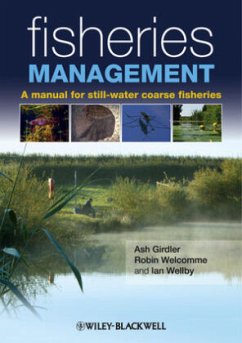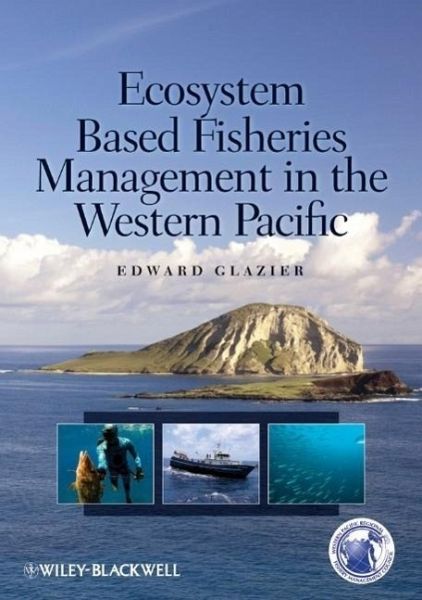
Ecosystem Based Fisheries Management in the Western Pacific

PAYBACK Punkte
122 °P sammeln!
As the ecosystem-based trend in fisheries management continues to be implemented worldwide, a thorough background of this new management approach and resulting implementation strategies is needed. Ecosystem-Based Fisheries Management in the Western Pacific presents a full picture of the process changes used in switching from target species based management to EBFM, using a region that is at the forefront of this widely accepted movement.Ecosystem-Based Fisheries Management in the Western Pacific is the outgrowth of a series of three workshops convened by the Western Pacific Regional Fishery Ma...
As the ecosystem-based trend in fisheries management continues to be implemented worldwide, a thorough background of this new management approach and resulting implementation strategies is needed. Ecosystem-Based Fisheries Management in the Western Pacific presents a full picture of the process changes used in switching from target species based management to EBFM, using a region that is at the forefront of this widely accepted movement.
Ecosystem-Based Fisheries Management in the Western Pacific is the outgrowth of a series of three workshops convened by the Western Pacific Regional Fishery Management council. The book follows the logical approach of each workshop, beginning with an assessment of the current state of fisheries management, transitioning through the data sources and modeling systems used to advance EBFM, and ending with practical methodologies for more thorough global implementation in the future.
Contributed by experts from the Pacific regions as well as the UK and Non-pacific States, this book is one of the first available compendiums on this important movement and will be applicable to fisheries scientists and researchers, fisheries managers, policy makers, and social scientists worldwide
Ecosystem-Based Fisheries Management in the Western Pacific is the outgrowth of a series of three workshops convened by the Western Pacific Regional Fishery Management council. The book follows the logical approach of each workshop, beginning with an assessment of the current state of fisheries management, transitioning through the data sources and modeling systems used to advance EBFM, and ending with practical methodologies for more thorough global implementation in the future.
Contributed by experts from the Pacific regions as well as the UK and Non-pacific States, this book is one of the first available compendiums on this important movement and will be applicable to fisheries scientists and researchers, fisheries managers, policy makers, and social scientists worldwide



